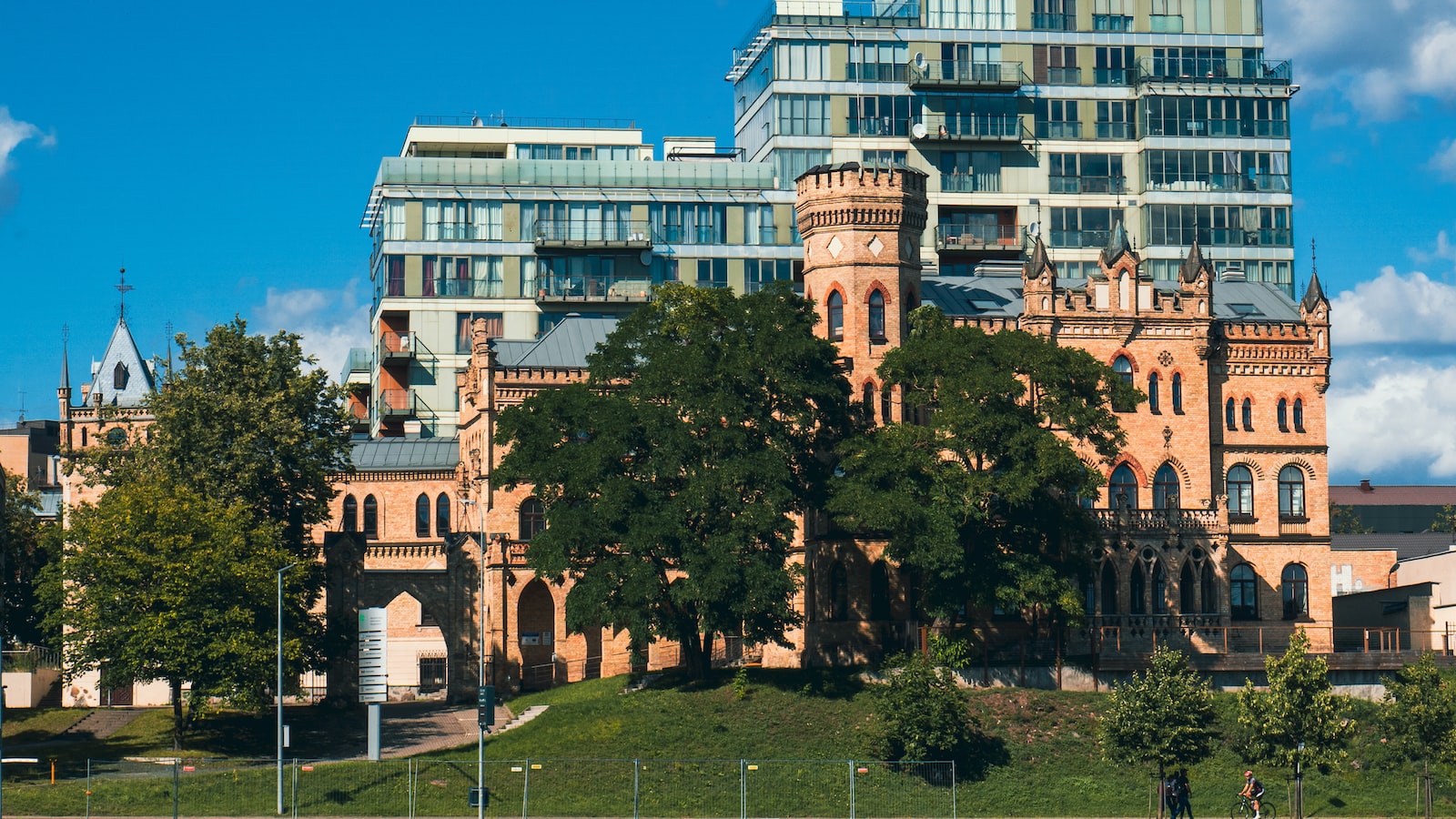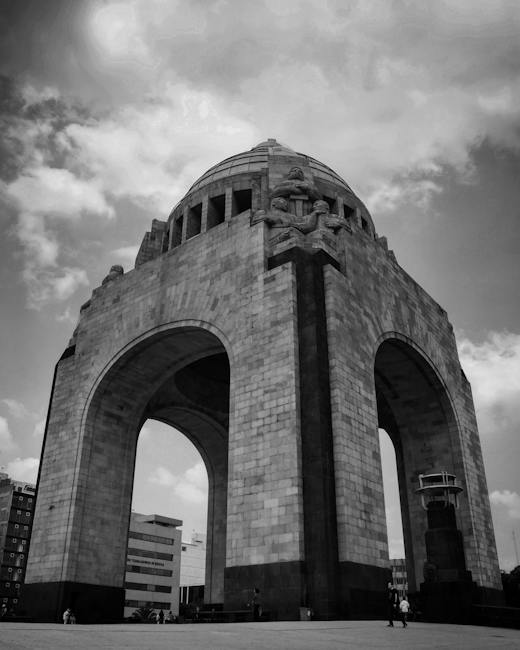In the land of enchanting amber sunsets and ancient folklore, a captivating symphony resonates through the heartland of Lithuania. But it’s not just the melodic harmonies that fill the air; it is the stirring tale of a nation’s unwavering spirit, fueled by the power of song. Welcome to the extraordinary world of “The Singing Revolution: Harmonizing National Identity in Lithuania,” a stirring narrative that intertwines the artistry of music with the indomitable soul of a people. In this article, we delve into a spellbinding journey where melodies become treasured weapons of change, uniting a country, and inspiring a nation to rise from the ashes of oppression. So, join us as we explore this captivating chapter in Lithuania’s history, where voices converged to create an unparalleled symphony of hope and resilience.
Finding Unity Through Song: The Role of Choral Music in Fostering National Identity in Lithuania
Choral music has long played a vital role in Lithuania’s rich cultural heritage, acting as a powerful tool in fostering and strengthening national unity. From the ancient polyphonic chants of the early Christian era to the grand choirs that performed during the country’s fight for independence, the collective singing tradition in Lithuania has served as a unifying force, transcending regional divides and highlighting a shared sense of identity among its people.
One of the key ways choral music has contributed to building national unity is through the renowned Lithuanian Song and Dance Festivals. Held every four years, these grand celebrations bring together thousands of singers from all corners of the country to perform in harmonious unity. The festival’s main event, the “Dainų Šventė,” showcases a repertoire of traditional folk songs, patriotic anthems, and contemporary compositions, all sung with unwavering passion and pride. This awe-inspiring spectacle not only serves as a platform for vocal excellence but also instills a sense of belonging, as individuals become part of a much larger chorus, their voices blending in perfect harmony.
- Choral music strengthens national pride
- The Lithuanian Song and Dance Festivals celebrate cultural diversity
- Choral singing fosters a sense of belonging and shared identity
- Choirs serve as ambassadors of Lithuanian culture on the international stage
The influence of choral music extends beyond the festival grounds, permeating through schools, churches, and community gatherings. Singing in choirs is deeply ingrained in Lithuanian education, where students of all ages are encouraged to participate. Schools organize choir competitions and performances, fostering a sense of camaraderie and pride among the younger generation. Churches also play a significant role, with choral music being an integral part of religious services, connecting spirituality with national identity and heritage.

Preserving Traditions: The Cultural Significance of the Lithuanian Song and Dance Festival
The Lithuanian Song and Dance Festival, deeply ingrained in the nation’s heritage, holds immense cultural significance for Lithuania. This grand celebration of music, dance, and cultural unity has been a key component in preserving traditions and strengthening national identity for over a century.
Rooted in the 19th-century national awakening, the festival serves as a testament to Lithuania’s resiliency and enduring love for its rich cultural heritage. Every four years, thousands of performers, adorned in vibrant traditional costumes, gather in harmony to showcase their profound connection to their ancestral roots. Through a mesmerizing synergy of music, dance, and poetry, the festival becomes a living embodiment of the nation’s cultural expressions.
- Preserving Folklore: The Song and Dance Festival plays a vital role in preserving Lithuania’s folklore by showcasing traditional songs, dances, and rituals that have been passed down through generations. The festival provides a platform for performers to learn, present, and perpetuate these sacred traditions, ensuring their continued existence.
- Bolstering National Pride: With its rich symbolism and patriotic undertones, the festival acts as a unifying force for Lithuanians, fostering a sense of pride and national solidarity. As participants and spectators come together, they experience a collective appreciation for their heritage, strengthening their national identity and fostering a deeper connection with their fellow countrymen.
- Cultural Diplomacy: The festival not only unites Lithuanians within the country but also serves as an important cultural ambassador abroad. As performers from other nations join the festivities, it becomes a melting pot of cultures, fostering understanding, and appreciation for cultural diversity.
Year after year, the Lithuanian Song and Dance Festival continues to be a cherished tradition, reminding the nation of its roots, celebrating its cultural heritage, and passing down invaluable traditions to future generations.

Promoting Intercultural Understanding: Leveraging the Singing Revolution as a Tool for Peacebuilding
Imagine an extraordinary movement that utilized the power of music and singing to foster intercultural understanding and unity. The Singing Revolution, a historical phenomenon rooted in the Baltic countries, stands as a poignant example of how music can transcend boundaries and promote peace. Born out of the shared longing for freedom during the late 1980s, this powerful tool of resistance brought people together in a harmonious chorus of voices, leaving an indelible mark on the path to peace.
By embracing the rich cultural heritage and traditions, the Singing Revolution not only united individuals from diverse backgrounds, but it also encouraged dialogue, empathy, and cooperation. Through mass choir performances and folk songs, people expressed their hopes, dreams, and aspirations, igniting a collective spirit that transcended language barriers. This unique approach to peacebuilding created an inclusive platform that celebrated diversity while highlighting the common threads that bind humanity together. The Singing Revolution serves as a testament to the transformative power of music, showcasing how art can be instrumental in shaping a more inclusive and harmonious future.

Revitalizing Cultural Heritage: Strategies for Sustaining and Growing the Singing Tradition in Lithuania
Preserving the Melodies of the Past:
With a rich history of folk singing embedded in its cultural identity, Lithuania is committed to revitalizing and sustaining its unique singing tradition. To achieve this, several strategies have been put in motion to ensure the heritage is not only preserved but also grows and continues to captivate generations to come.
1. Intergenerational Learning: Recognizing the importance of passing down knowledge, the singing tradition is being shared across generations. Experienced singers mentor and guide younger enthusiasts, fostering a deep connection between them and keeping the spirit of Lithuanian singing alive.
2. Community Engagement: Local communities play a pivotal role in the revitalization efforts. Singing circles, festivals, and workshops are organized regularly, creating platforms for individuals to join together, celebrate, learn, and experience the magic of the singing tradition.
To Wrap It Up
In conclusion, “The Singing Revolution: Harmonizing National Identity in Lithuania” echoes the captivating power of music as a unifying force, capable of nurturing and sustaining a nation’s collective spirit. Through their voices united in harmonic resonance, the Lithuanian people composed a poignant tale of resistance and triumph, etching melodies of determination onto the annals of history.
As we delved into the intricate web of Lithuania’s cultural tapestry, it became evident that music transcended mere entertainment, evolving into an emblem of unity and a catalyst for change. From humble folk songs that whispered stories of struggle and resilience to grand choral compositions that resounded with unwavering patriotic fervor, music became the heartbeat of Lithuania’s indomitable spirit.
Through the yarns spun by the Lithuanian people, we witnessed how simple melodies, sung with unwavering conviction, transformed into powerful anthems capable of shaking the foundations of oppression. In their harmonious defiance, voices intertwined to create symphonies of hope, cascading across the land, awakening a dormant sense of national identity that had long been suppressed.
The singing gatherings, aptly dubbed the Baltic Way, symbolized not only the merger of human voices but also the blending of hearts and minds striving for a common goal. As the sounds of unity reverberated through peaceful demonstrations, they became the symphonic backdrop to the Lithuanian narrative, urging the world to listen attentively.
The Singing Revolution stands as a testament to the unwavering determination of the Lithuanian people, their unwavering spirit breathing life into the lyrics and notes they passionately belted out. It reminds us that the allure of song can never be underestimated, as it possesses the power to transcend language, cultural barriers, and political divisions, resonating deep within the souls of those who participate.
As we bid farewell to this remarkable journey, let us carry the harmonies of Lithuania in our hearts, forever mindful of the impact that a single voice can have on forging a nation’s identity. May the echoes of the Singing Revolution inspire us to embrace the power of music and its ability to interweave the threads of our shared humanity, creating melodies of unity that can conquer even the darkest of times.

